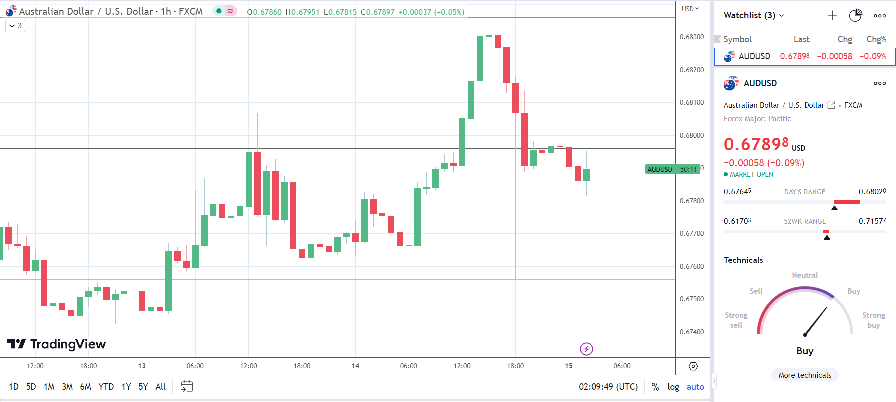It was a busy morning on the Asian economic calendar. Early in the day, GDP numbers from New Zealand and employment data from Australia drew interest. However, economic indicators from China, and industrial production numbers in particular, garnered greater interest in the morning session.
Since the end of the Zero-COVID-19 policy, economic indicators from China have failed to impress, with manufacturing sector activity struggling on weak global demand. This week, the PBoC provided support by cutting borrowing costs, reflecting the concern over lackluster economic activity.
Today’s figures provided little comfort, with industrial production increasing by 3.5% year-over-year in May versus a forecasted 3.8%. In April, industrial production rose by 4.7%.
Other stats were also bearish for riskier assets. Fixed asset investment increased by 4.0% year-over-year versus 4.7% in April. Economists forecast a 4.4% increase. Retail sales slowed midway through Q2, with retail sales up 12.7% year-over-year versus 18.4% in April. Economists forecast sales to increase by 13.7%.
The numbers will weigh on riskier assets. While the PBoC provided policy support this week, the markets will likely expect more as central banks push interest rates higher. However, the latest cut in borrowing costs showed intent to support the economy, which should limit the damage.
AUD/USD Reaction to China Industrial Production
Ahead of the economic indicators from China, the AUD/USDrose to a pre-stat high of $0.68020 before falling to a low of $0.67645.
However, in response to the economic indicators, the AUD/USD fell to a low of $0.67815 before rising to a high of $0.67951.
This morning, the AUD/USD was down 0.09% to $0.67898.

Next Up
Looking ahead to the US session, it is a busy day on the US economic calendar. US retail sales, jobless claims, Philly Fed Manufacturing, and NY Empire State Manufacturing numbers will draw interest. However, we expect the retail sales and jobless claims to garner more interest.
Following the hawkish Fed pause, positive US economic indicators could fuel bets of a peak Fed Fund Rate of above 5.6%.
Note: This article have been indexed to our site. We do not claim legitimacy, ownership or copyright of any of the content above. To see the article at original source Click Here











/https://specials-images.forbesimg.com/imageserve/60c1ca775161e3707042b66b/0x0.jpg?cropX1=203&cropX2=1988&cropY1=184&cropY2=1188)

